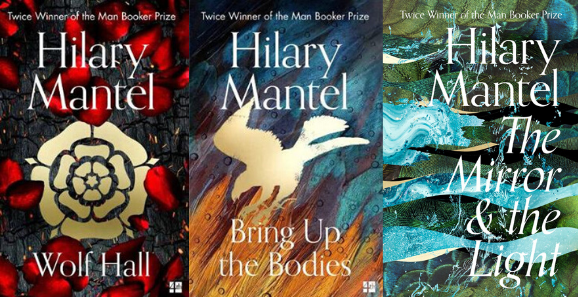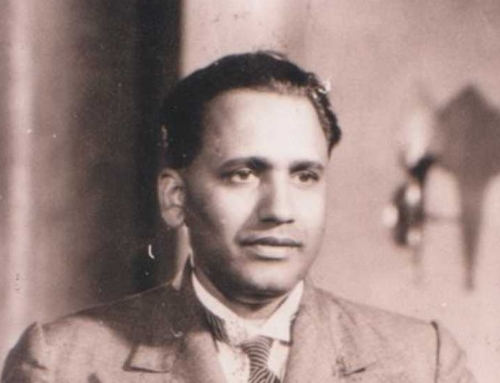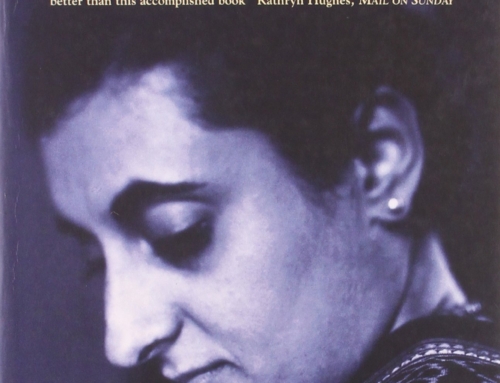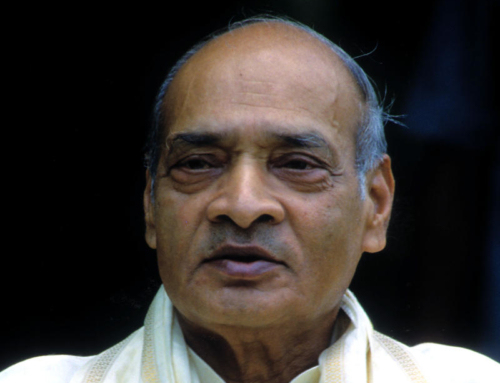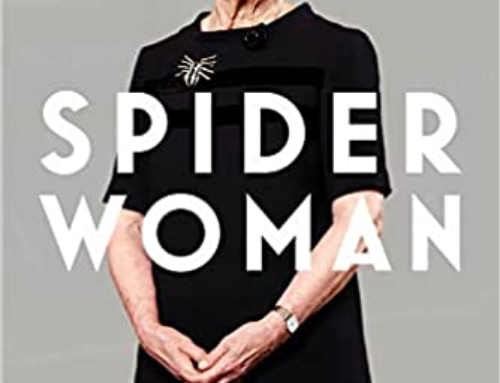What would it be like to work for a madman? And what if that madman were King of England? Over three glorious, sonorous novels, Hilary Mantel gives us an answer (one clue – each book ends, rather symmetrically, with a beheading). The vehicle for our entry into King Henry’s chaotic proceedings is his chief minister, Thomas Cromwell, a courtier born, rather oddly for those times, into ‘vile blood’, which is to say that his ancestors were not noblemen. We inhabit Cromwell’s mind as he rises into and strives to keep His Majesty’s favour.
Today, it seems almost comical that England’s derecognition of Rome, and the furies that it unleashed – the lurch towards Protestantism, the decapitation of martyrs, the burning of heretics – can be traced downwards to one man’s libido. But then again, so can most history.
The story begins a little after Henry Tudor’s lustful eyes have met those of the Duke of Norfolk’s niece, the enigmatic Anne Boleyn. He is in the midst of heartlessly rending his family, casting off his powerful wife, Queen Katherine of Aragon (she is the Spanish Emperor’s aunt), and their daughter Mary (the future “Bloody Mary”, now chiefly remembered at the mixing of her eponymous cocktail). The Pope, under pressure from Spain, will not annul the marriage. It is Henry against morality, against the church, against the laws of England. His own Lord Chancellor, Thomas More (now Saint Thomas), is willing to be a martyr, but will not yield. The Tudor needs somebody to extricate him, not just from this matter, but from future wreckages. He has already driven his foremost adviser, Cardinal Wolsey, to disgrace and death.
Cromwell is ready. He is ready with his leopard smoothness, lizard gaze and crab-shuffle. He is ready with the bludgeon, he is ready with the surgeon’s knife. He is ready with sympathetic eyes, he is ready to break limbs on the rack. He is ready, pen in hand, to write down confessions. “Even in the republic of virtue you need a man who will shovel up the shit, and somewhere it is written that Cromwell is his name”.
Today, Hans Holbein’s magnificent portrait of Sir Thomas More stares silently at his less satisfactory rendering of Cromwell, across the fireplace in the Frick art museum in New York. In 1534, when Cromwell repeatedly harangued him to reject papal supremacy, More’s silent stare was an acceptance of death.
“…this silence of More’s, it was never really silence, was it? It was loud with his treason; it was quibbling as far as quibbles would serve him, it was demurs and cavils, suave ambiguities. It was fear of plain words, or the assertion that plain words pervert themselves; More’s dictionary, against our dictionary. You can have a silence full of words. A lute retains, in its bowl, the notes it has played. The viol, in its strings, holds a concord. A shrivelled petal can hold its scent, a prayer can rattle with curses; an empty house, when the owners have gone out, can still be loud with ghosts.”
Stalinism, we see, preceded Stalin.
The second novel is the best one, pitting Cromwell against Anne Boleyn, careerist against careerist. Queen Anne has stumbled; she has failed to do the one thing she had promised: to give England an heir. The king hints at what he wants to a baffled Cromwell, who hears Wolsey’s voice in his head, “I saw you, Crumb…scratching your balls in the dawn and wondering at the violence of the king’s whims. If he wants a new wife, fix him one. I didn’t, and I am dead.” It is a moment straight out of Shakespeare, and like Shakespeare, ends with a heap of corpses. To kill one queen, five other men (her so-called lovers) have to face the guillotine. These include a lute player, the ‘Groom of the Stool’ (that is, the king’s bottom wiper), and Anne’s own brother. What a piece of work is man.
Having risen as high as he could in royal affections, Cromwell’s merry-go-round starts descending. After Queen Jane, Anne’s successor, dies in childbirth, wife no. 4 is another Queen Anne, this time of Cromwell’s choice. And soon, another royal marriage needs unpicking. The man who boasts to himself, “It is I who tell him who he can marry and unmarry and who he can marry next, and who and how to kill,” should have been able to do it. Except…he cannot do it.
Thomas More was a saint, and Anne Boleyn was a queen. Cromwell knows he is nobody, another insect that impaled itself while climbing up the Tudor rose: “Perhaps some people will say I have died for the gospel, as More died for the Pope. But most will not think me a martyr for anything, except the great cause of getting on in life.”
